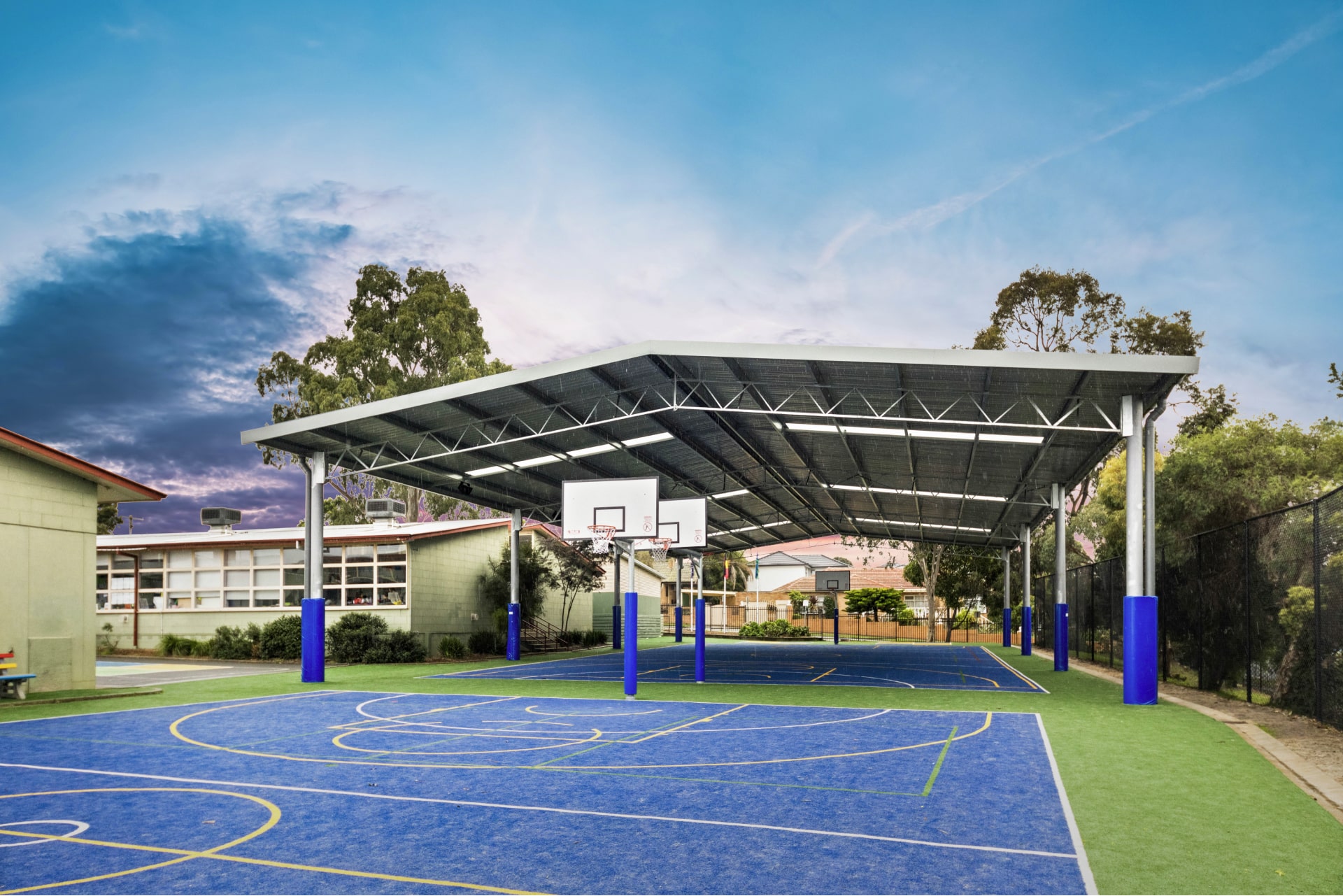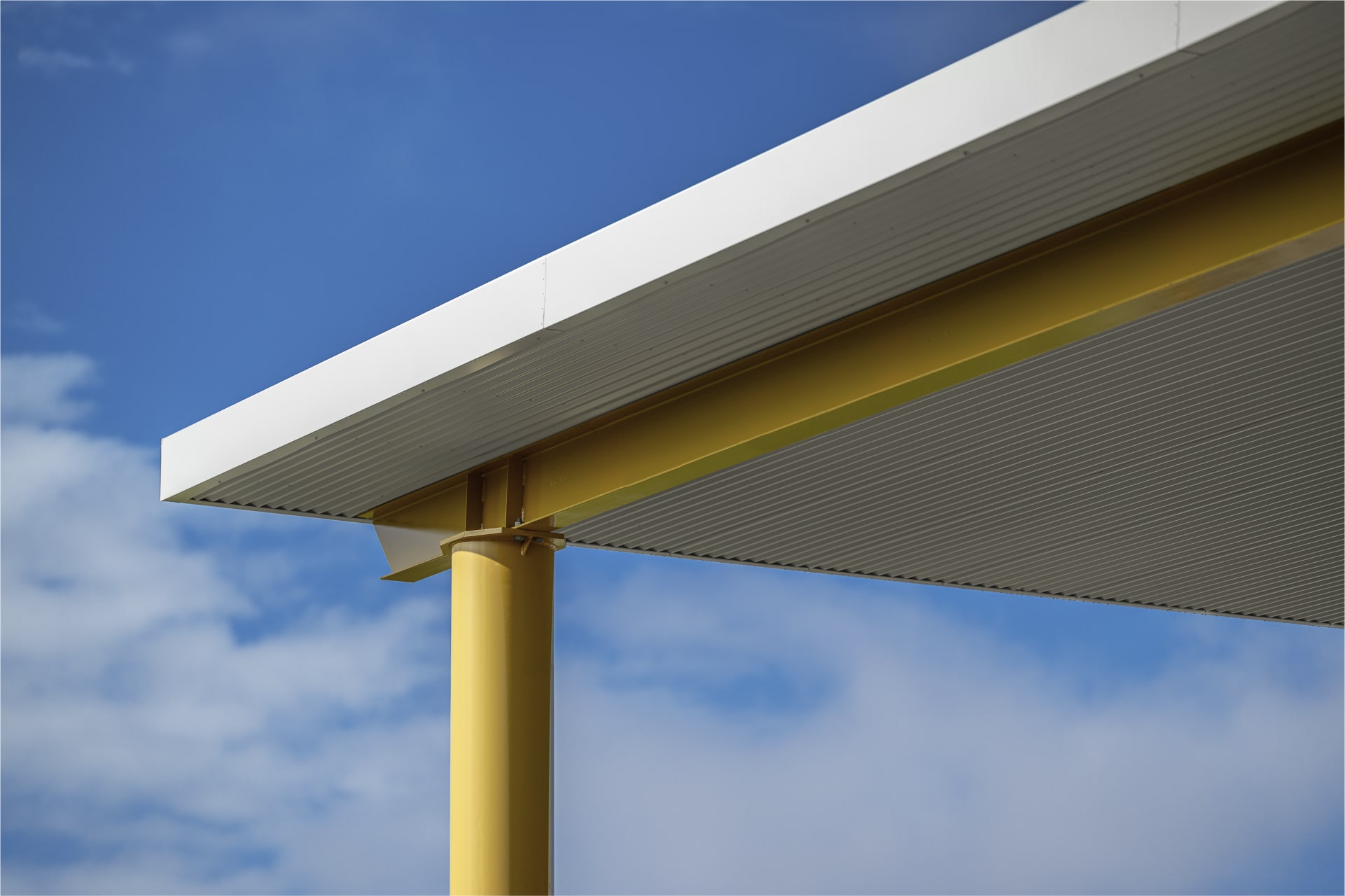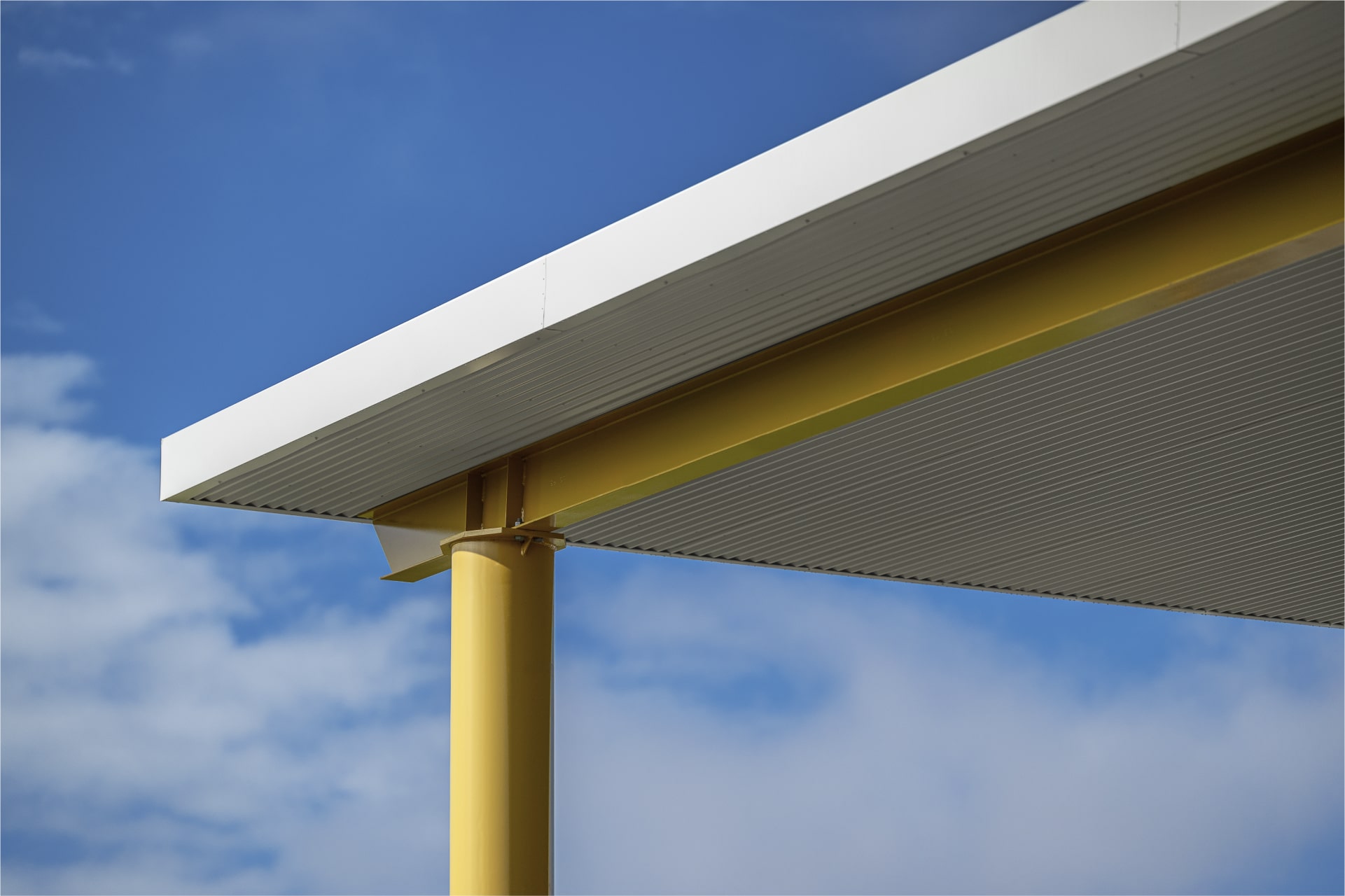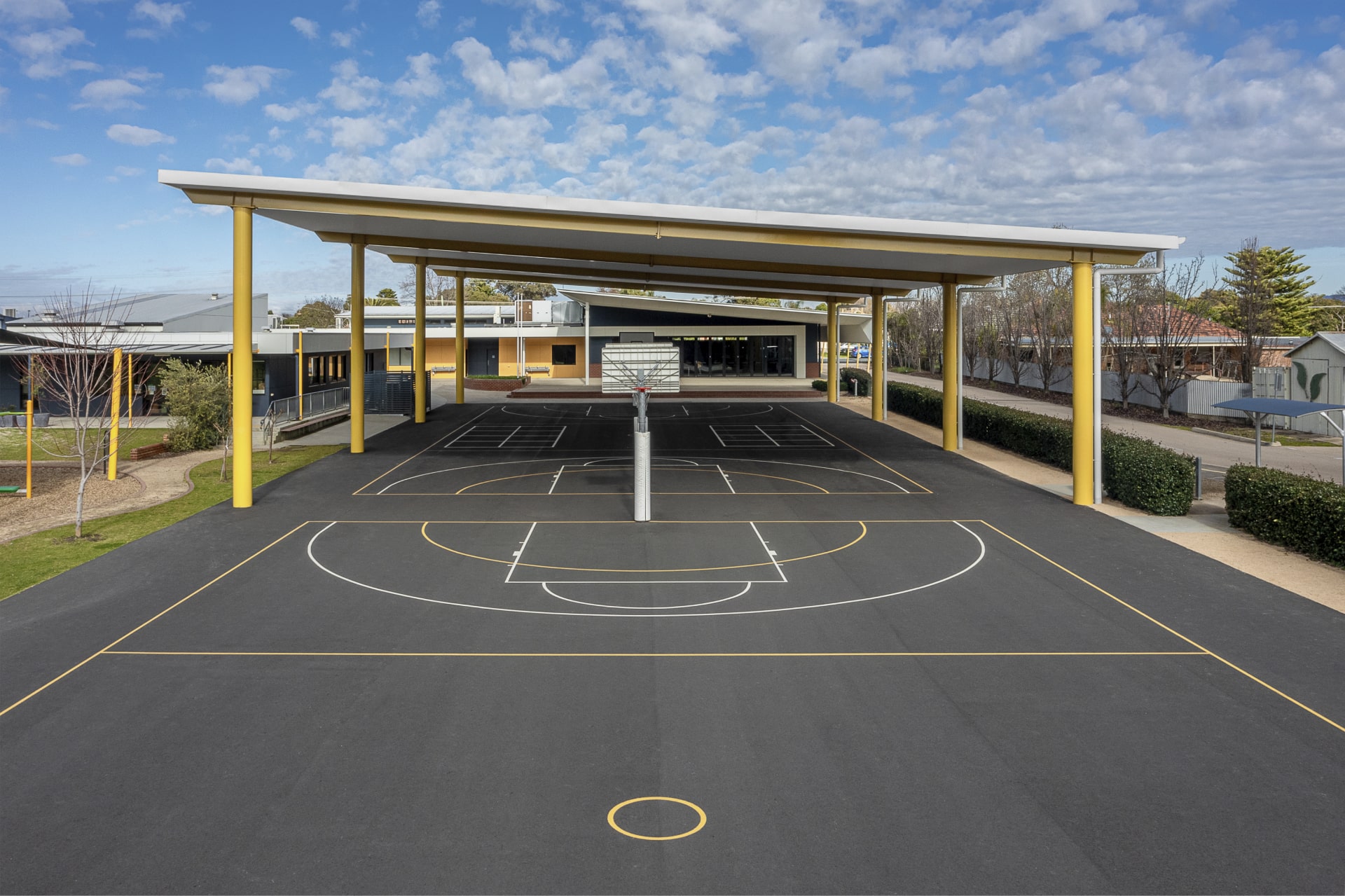A Guide to Bird-Proofing Open Roof Steel Structures
Steel structures with open roofs are a common feature in many outdoor spaces, providing much-needed shade and architectural flair. However, these roof-only shade structures can often attract birds, who use them for shelter and nesting. Bird ingress can not only be a nuisance but can also lead to structural damage and health hazards due to bird droppings. This guide outlines the various methods to bird-proof your open-roof steel structures while maintaining the aesthetic appeal.
Designing Out Roosting Points
One effective way to prevent birds from roosting on your steel structures is to design them in a way that eliminates potential roosting points. Traditional "C purlin" sections, which create perfect nesting places, can be replaced with enclosed sections. These enclosed sections not only serve the intended purpose of providing shade but also minimise bird-friendly opportunities. Additionally, pay attention to how the purlins connect with the rafters to ensure there are no gaps or crevices where birds can perch or nest.
Pros:
- Aesthetic continuity: The structure's appearance remains consistent.
- Long-lasting solution: Integrated into the initial design, it offers a permanent bird-proofing solution.
Cons:
- Higher upfront cost: Design changes may increase initial construction expenses.
- Limited retrofitting: This may not be feasible for existing structures without major modifications.
.png?width=3017&height=1995&name=MicrosoftTeams-image%20(14).png)
Installing Bird Netting
Bird netting systems are commercially available and highly effective at preventing bird ingress. These nets are designed to create a physical barrier that prevents birds from accessing the structure's interior. While they are a practical solution, some property owners may have reservations about their visual impact on the architectural design.
Pros:
- Highly effective: Provides a physical barrier to keep birds out.
- Versatile: Can be installed on existing structures with minimal modifications.
Cons:
- Aesthetic concerns: Some property owners may find the netting less appealing.
- Maintenance: Periodic inspections and repairs may be required.
Soffit Lining
Soffit lining involves covering the underside of the steel structure's roof with another material such as corrugated cladding or architectural linings. This method fully encloses the structure's underside, leaving no points available for birds to roost or nest. Soffit lining not only serves as an effective bird-proofing measure but can also enhance the overall aesthetics of the structure.
Pros:
- Aesthetically pleasing: Can be designed to complement the structure's look.
- Low maintenance: Requires minimal upkeep once installed.
Cons:
- Initial cost: The expense of materials and installation.
- Limited retrofitting: This may not be suitable for existing structures without significant modifications.
Bird-proofing your open-roof steel structures aids in maintaining their functionality, appearance, and cleanliness. Carefully considering the design, materials, and bird-proofing methods, means you can achieve both effective bird control and a visually appealing architectural structure.
While each method has its advantages and disadvantages, the key is to strike a balance between aesthetics and functionality. Whether you opt for design changes, bird netting, or soffit lining, your choice should align with your specific needs, budget, and the visual impact you desire. Ultimately, bird-proofing measures will not only protect your steel structures but also create a more pleasant environment for all who enjoy them.
St Bernard's Primary School
Discover how St. Bernard's Primary School used soffit lining to safeguard their structure from birds
Bird-Proofing Methods
- Design out roosting points
- Use bird netting
- Install soffit lining
Share this
You May Also Like
These Related Stories

Benefits of Steel in Permanent School Shade Structures

Fire Resistance in Building Materials for Australian Structures




